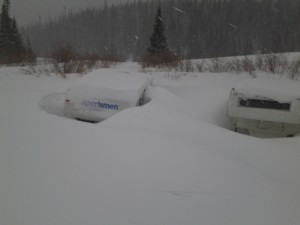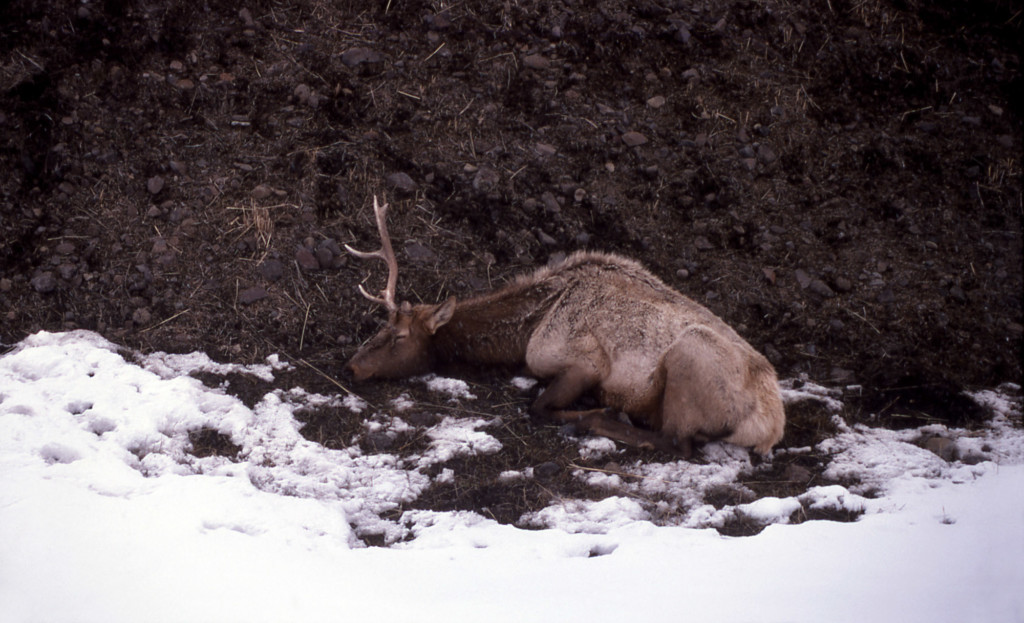Clay Loflinn – Napa, CA
My experience at Wild Skies exceeded all of my highest expectations. I stayed at Wild Skies in August of 2008 for my annual Antelope hunt. Lisa at Wild Skies was as friendly and accommodating a host as they get. She really made my hunting party feel at home. The accommodations were excellent. The cabin was super clean and everything we could want at a reasonable price. I’ve had the good fortune to have stayed and hunted with some very nice outfitters, and Wild Skies rates right up there in terms of the over all experience.
It goes without saying that I would recommend Wild Skies to anyone that would like to experience a Colorado hunt in the rugged heart of the Rockies in accommodations that are rustic but elegant and comfortable. Part of any hunt is the opportunity to meet new friends and share old stories. We certainly did that. It was a great week of hunting and the hospitality at Wild Skies was outstanding. I look forward to returning next year.
2016 Winter Kill in the Craig, CO area
I often get hunters asking me about winter kill. I came across this great article that relates to the Gunnison area specifically, but provides insights into the key factors that contribute to winter kill and can be applicable to any hunting area in any state.
The main factors for winter kill are a combination of the following with heavy snows and ice crusts along with frigid temperatures leading to most winter kill:
- Did the animals get a nice mild fall which allowed them to fatten up enough for the long winter? If fall was difficult the animals are going into winter stressed and unprepared.
- Did it rain hard over the bare cold ground or over snow causing a deep hard crust to form making it hard for deer and elk to forage for food?
- Did the weather warm up and soften the snow and melt it a bit and then did it the temperature drop significantly causing ice to form over the snow causing a deep hard crust to form making it hard for deer and elk to forage for food?
- Did heavy snows (several feet all at once) come in unexpectedly in the fall and catch the animals in their summer concentration areas making their normal migration to winter habitat impossible or at least very difficult requiring the animals to expend a lot more energy than normal during their migration?
- Sometimes animals get caught in the high country when heavy snows trap and the snow is too deep to forage effectively for food sources
- This is especially true if scrub oak and over vegetation is completely buried beneath the snow.
- This was an issue for areas in NW Colorado when a six foot snowstorm struck the high country before the rifle season 1 even started in 2012

- Sometimes animals get caught in the high country when heavy snows trap and the snow is too deep to forage effectively for food sources
- The snow never ceased in 2012-2013 and the weather stayed cold. Total snowfall for our area of GMU 12 was over 450+ inches for the season and the winter range area experienced more snowfall then that area had seen in more than 30 years.
- The snow levels in 2007-2008, when we had bad winter kill for both elk and deer, were over 540+ inches of total snowfall for the season and the snow started early in the fall in GMU 12. More importantly, the snowfall levels in winter range also came early and deep and temps stayed cold so there was minimal snowmelt over the winter. That year we almost had a full month of temps going negative (below 0) which contributed to the winter kill numbers being so much higher that year.

Contact Us
If you have questions or would like to check availability, call 970.926.0216 or complete the form below.
